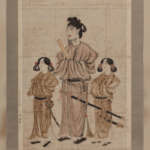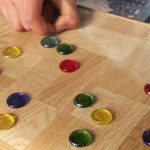Similar to the “travel baseball” culture in the States, high school baseball players in Japan compete at the Koshien, a National Highschool Baseball Championship, in both spring and summer. Summer is even more exciting than spring and is frequently televised. It has been a part of Japanese culture for over 100 years. It is also known as a step that has produced major league players such as Yu Darvish.
In August, the hottest month of the year, these teenagers, covered in mud under the scorching sun, put their youth into every pitch and swing. Seeing them running and sliding at full speed was dazzling, no matter what kind of ball came flying at them. When the team loses, it is customary for them to take home sand from the Koshien Stadium, and the sight of them crawling on the ground and crying as they pick up the sand is moving.
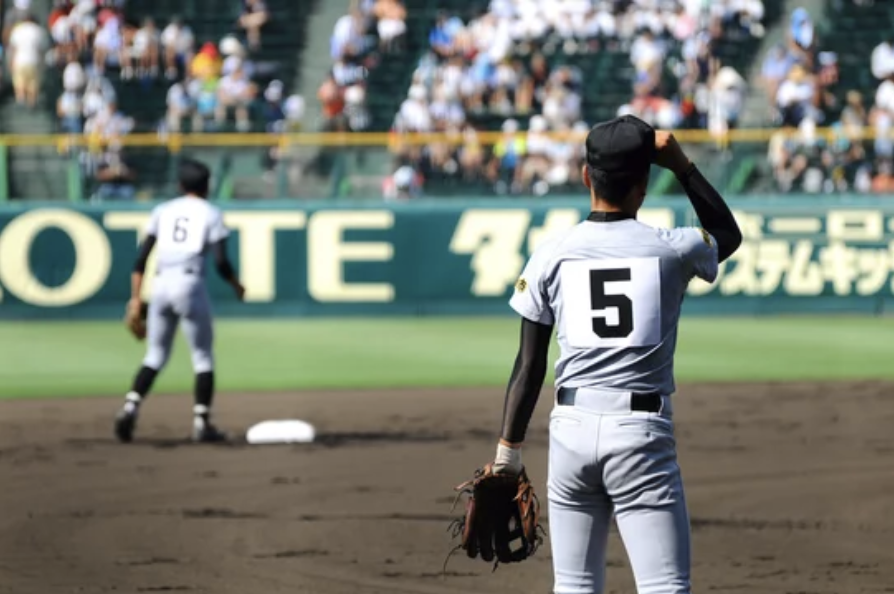
The grueling schedule of multiple games each day produces intense excitement. However, the fact that teenage boys are forced to play games day after day under harsh weather conditions has received a lot of criticism.
Finally, for this summer’s 106th National High School Baseball Championship, the tournament introduced a “two-session system” in which games will be divided into morning and evening sessions on some dates to combat the heat. Additionally, the first game of the semifinals will be played one hour earlier than last year at 8:00 AM, and the final will be played at 10:00 AM (last year’s game was played at 2:00 PM). The 10-minute cooling time after the fifth inning, introduced last summer, will be kept again this year.

What Makes the Japanese Go Crazy about Koshien?
The shaved-head players, who look like ascetic monks, slide headfirst into the bases whenever the opportunity arises to bring victory to the local supporters. The long history of Koshien is filled with stories of athletes who have stoutly overcome adversity and sweltering weather.
The fact that a player has participated in Koshien means a lifetime of honors. In many cases, admission to a prestigious university is granted without a focus on academic credentials.
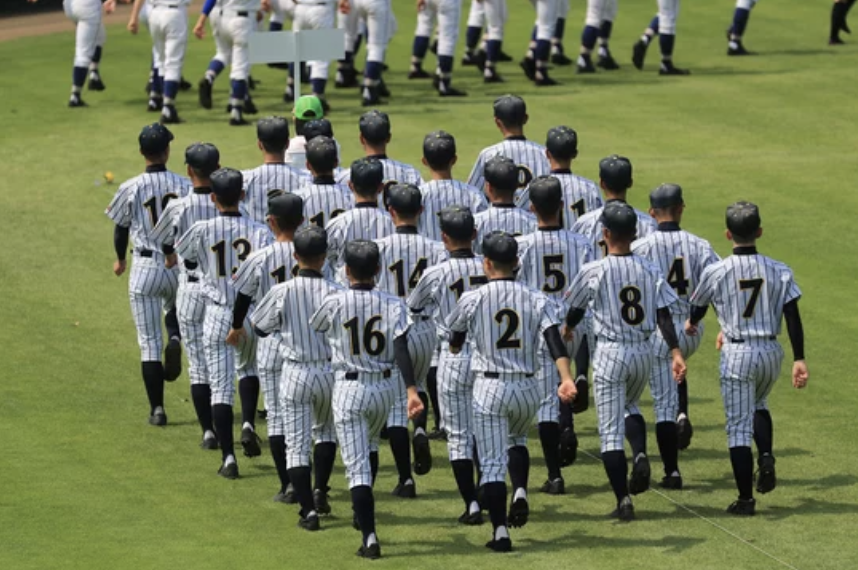
The Reason High School Baseball Enchant Japan
High school baseball games held at Koshien Stadium are the biggest sporting event of the year in Japan. The National High School Baseball Championship is watched by as many as 50,000 spectators per game over two weeks, and the live TV broadcast nationwide reaches millions of viewers. It is also Japan’s most familiar national sports festival.
All of Japan is filled with anticipation for this year’s tournament. As in past years, the knockout tournament will feature 49 teams that have won their regional tournaments.
Quick Baseball History
In the United States, baseball began as a professional sport in the mid-19th century, and the modern Major League Baseball system was established in the early 20th century. Throughout its history, the amateur game has received little attention as a distant second to MLB, which attracts 70 million fans annually and generates $10 billion in revenue.
In Japan, the opposite is true. Baseball was introduced as a student sport by an American professor who came to Japan in the early Meiji era after Japan opened its doors to the West in 1868 and ended 250 years of feudal isolation. Baseball was Japan’s first full-fledged team sport and quickly established its place alongside traditional sports such as kendo and sumo.
But Japan turned baseball, which in the U.S. was played for relaxation and entertainment, into a kind of martial art. It was an educational tool to instill discipline, teamwork, and a fighting spirit in student-athletes.
Every baseball player has dreamed of playing on Koshien’s stage. For fans, baseball is an amusement, and everyone watches the games during summer vacation.
But the tournament is beginning to draw the rage from advocates of player safety for one reason only: there is no pitch count limit. A pitch count limit like the one adopted in the United States (high school pitchers in most states can throw up to 120 pitches, followed by four days of rest) would be a considerable disadvantage to public schools, especially those that cannot afford players in rural areas.
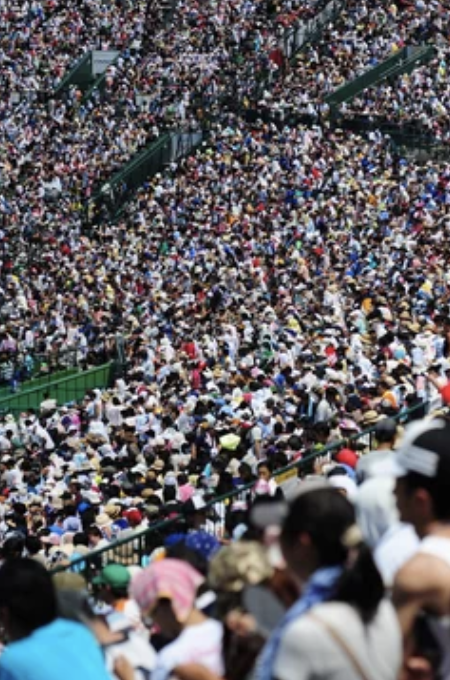
Masahiro Tanaka, who became the New York Yankees’ signature pitcher, threw 742 pitches in 52 2/3 innings in six appearances in 2006. Spectators want to see teenagers on the mound, day after day, in the tournament’s 100-year tradition of self-sacrifice and winning against overwhelming odds.
.
.

